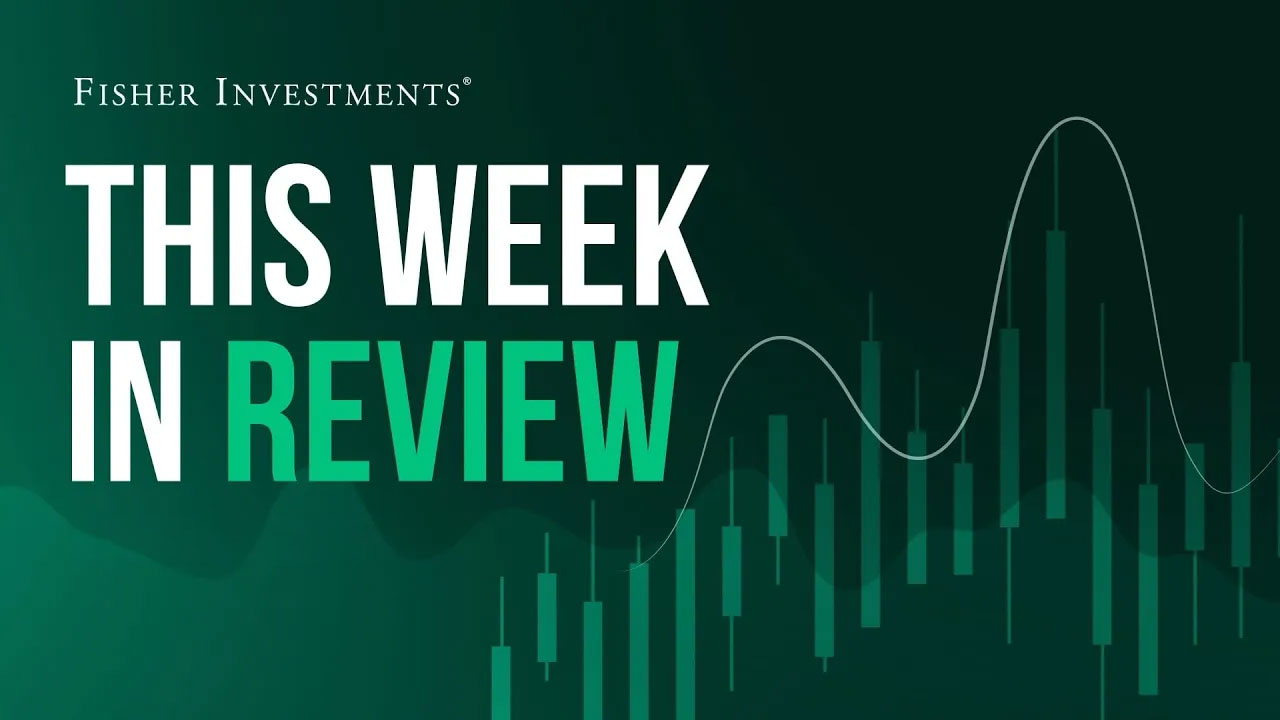Personal Wealth Management / Market Analysis
Don’t Cry Over Lower Cash Yields
Why falling cash yields shouldn’t bother long-term investors.
Just as savers were getting used to 5%-plus yields in deposit accounts, CDs and money-market funds, here come the rate cuts. Now many extrapolate those forward and shed a tear over the lost yield they are sure is coming soon. In our view, though, outside emergency funds and near-term expenses, cash wasn’t and isn’t a good option for most long-term investors, as it has never returned much over inflation.
Having some cash in reserve is wise. For emergencies, we find somewhere around six months’ expenses is a good rule of thumb, which may vary depending on your personal situation. The basic principle: Hold enough cash to cover major unexpected expenses—e.g., home repair, medical procedure or job loss—to avoid selling investment assets during a market downturn. The same goes for major expected outlays, like money saved for the near-term purchase of a house or other big expenditure. But these exceptions aside, cash is a drag over the longer term.
Many have found cash less of a drag lately than in the 2010s, as three-month T-bill rates—a standard proxy for short-term yields—rose above 5% in 2023 (touching 5.5% last October).[i] But they have since fallen almost a full percentage point, to 4.6% currently. More Fed rate cuts could easily mean lower yields. Additional cuts are widely expected—likely one reason one-year T-bill rates (4.2%) are less than three-month rates.[ii] Markets are pre-pricing lower short-term rates. Compared to near-zero rates in 2009 – 2015 and 2020 – 2021, that still may not seem too shabby. But those who have enjoyed higher yields—and their seeming safety—are starting to grumble. Savers see the Fed taking away their punchbowl.
Higher-yielding safe havens have always been illusory, though—they never last. As Fisher Investments founder and Executive Chairman Ken Fisher noted recently, they are pipe dreams. Exhibits 1 and 2 show why. Yields tend to match inflation over time. This is because those involved in markets for cash and cash-equivalent securities (like T-bills) are primarily concerned with maintaining purchasing power—capital preservation. To compensate for lost purchasing power from inflation, lenders generally require borrowers to pay interest, so it isn’t eroded when paid back. For short-term (a year or less) borrowing and lending, this depends largely on prevailing inflation rates.
Exhibit 1: Cash Yields Versus Inflation
Source: FactSet, as of 10/23/2024. Three-month Treasury yield and consumer price index (CPI, year-over-year percent change), January 1954 – September 2024.
Exhibit 2: Real Cash Yields
Source: FactSet, as of 10/23/2024. Three-month Treasury yield and CPI, January 1954 – September 2024.
Hence, short-term yields and inflation mostly overlap and move together. (Exhibit 1) Yields are seldom much higher (or lower) than inflation for long. Since 1954, three-month real yields (T-bill rates minus inflation) have averaged 0.7%. (Exhibit 2) Lenders enjoy a slight premium over inflation for the extra risk of not knowing exactly how prices will swing—over the next three months, in this case. That isn’t nothing, but for investors, we think it is small potatoes.
Consider the returns growth-geared investments can command: Stocks have averaged 7.4% annualized above and beyond inflation over the same span. (Exhibit 3) That is, stocks’ roughly 11% annualized returns far exceed inflation’s 3.5% historical average—and cash yields’ 4.2%.[iii] Of course, stock returns can be volatile short term. So can bonds’, albeit usually to a lesser degree. But while stocks’ short-term returns are unknowable, it is because of that risk their long-term returns are much higher. In our view, well-diversified growth-oriented investors have been more than compensated over time for potential losses they may incur along the way.
Exhibit 3: Cash Doesn’t Outpace Inflation Much, but Stocks Do
Source: Global Financial Data, Inc. and FactSet, as of 10/23/2024. S&P 500 total return and CPI, January 1954 – September 2024. Y-axis in base-10 logarithmic scale, which plots the same-sized percentage moves in equal increments graphically.
Meanwhile, cash yields can likely only keep you a hair ahead of inflation. For most long-term investors, leaning too heavily on it raises the risk of not reaching your goals.
[i] Source: FactSet, as of 10/23/2024. Three-month T-bill yield, 2/14/2023 – 10/22/2024.
[ii] Source: FactSet, as of 10/23/2024. One-year T-bill yield, 10/22/2024.
[iii] Source: FactSet, as of 10/23/2024. S&P 500 total return, CPI and three-month T-bill yield, CPI and, January 1954 – September 2024.
If you would like to contact the editors responsible for this article, please message MarketMinder directly.
*The content contained in this article represents only the opinions and viewpoints of the Fisher Investments editorial staff.
Get a weekly roundup of our market insights
Sign up for our weekly e-mail newsletter.

See Our Investment Guides
The world of investing can seem like a giant maze. Fisher Investments has developed several informational and educational guides tackling a variety of investing topics.






